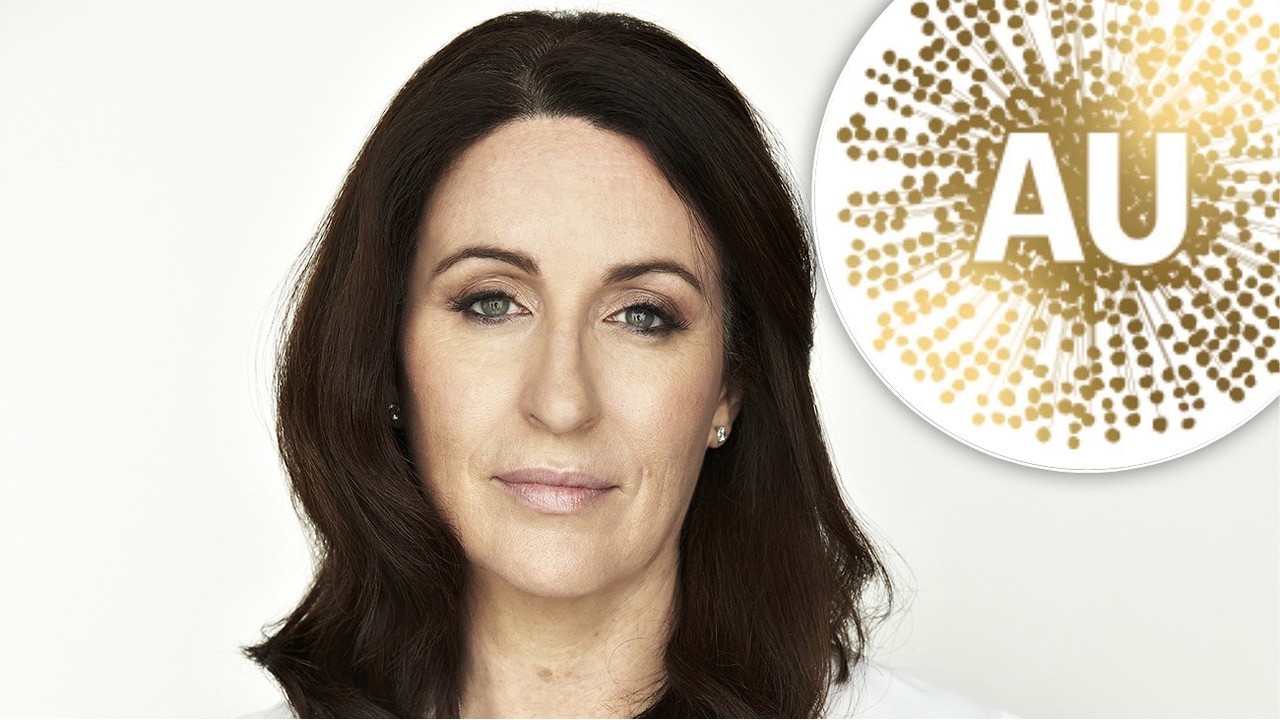What to expect from COVID-19 in the week ahead
While Australia’s coronavirus numbers may look comparatively good for now, maintaining that momentum won’t be possible for much longer, writes Professor Paul Van Buynder. Here’s why.
During the last week we have seen a major change in both the numbers of coronavirus cases in Australia and the mode of transmission, with significant local transmission now occurring, particularly in NSW and Victoria.
Overall, case numbers more than tripled and this escalation rate will continue as we move forward.
Worryingly, the number of new cases each case can infect looks to be closer to four rather than the two we thought initially.
The closing of the borders – first to all nonresidents and then to all arrivals – will help. Before the last few days, most cases were from overseas or had contact with overseas cases. Any failure of implementation of this policy moving forward leaves us at risk.
The unloading of a cruise ship on Rottnest Island was prudent; many cases have been detected. The earlier decision to allow the Ruby Princess to dock in Sydney and the passengers to disperse widely was incomprehensible and led to over 100 cases in Australia.

In many aspects of the pandemic, our numbers compare favourably with overseas hot spots in Europe and the United States. We have tested thousands of people, we have found a lot of milder cases and, because of this, our current true hospitalisation rate is low and our death rate is less than one in 200. Maintaining this moving forward will not be possible.
Finding new cases and continuing to identify mild cases when we have community transmission will require even more testing, along with variations to current testing criteria and increased access to testing. The arrival of antibody tests from overseas will do little for this, as illness needs to be present for some days before they become positive.
We should expect increases in not just the numbers of those infected, but also in the proportion of cases with more severe disease, requiring an ICU bed and dying.
Modelling studies looking at Australian data all predict grim numbers in the next few weeks.
The extent of the ballooning in our case numbers will depend on the degree to which the public accept the message of physical distancing as we move forward.
Overseas countries succeeding in rapid control have had willing and compliant populations and a different physical setting. The Hong Kong and Singapore successes occurred in city states with autocratic governments whose populations practised this during SARS. Taiwan, and even South Korea, while larger in size, have similar population attributes.

Further delaying stringent physical distancing in Australia will have severe consequences.
Locking up Italy, after widespread community activity was established, has not stopped over 500 deaths most days. It takes time for these reduced social contact measures to impact on the epidemic. The community must not wait until our morgues fill before taking the call to action seriously.
An improvement in messaging style and content is necessary if we are to bring the community to this point. Recent attempts to explain who is an essential worker, what facilities can stay open and who should stay home, are reminiscent of John Hewson’s birthday cake.
The public accept uncertainty in disasters. The message needs to be we know this, we don’t know that, we are doing this, and we want you to do that. Provide straightforward communication and the community trust both the messenger and the messages.
Instead, we have seen political spin to put a positive glow on the government, abuse of journalists, criticism of scientists with a different perspective, criticism of frontline doctors and a hectoring approach to the public. This communication strategy needs to change.

Despite reported deficits in masks and other protective equipment, our success is a function of the efforts and sacrifices of emergency and other hospital staff, primary care physicians, and the public health contact tracers and epidemiologists. As a nation we owe them a lot.
Lines at Centrelink are a public recognition of the pain many are going through. We need to get serious about physical distance measures, increase the short term pain, and decrease the time required to come out the other side. This is not the policy yet and we will pay the penalty in the weeks to come.
One simple approach to decrease the winter pain is to vaccinate the community against influenza and stop the impact of co-mingling viruses in our elderly. We have great vaccines but the closure of workplaces will decrease a lot of access points. The Government must aim for herd immunity this year and provide free influenza immunisation for all Australians.
People at Centrelink should not need to find money for this protection.
Paul Van Buynder is an infectious diseases epidemiologist and a professor at the Griffith University School of Medicine.


